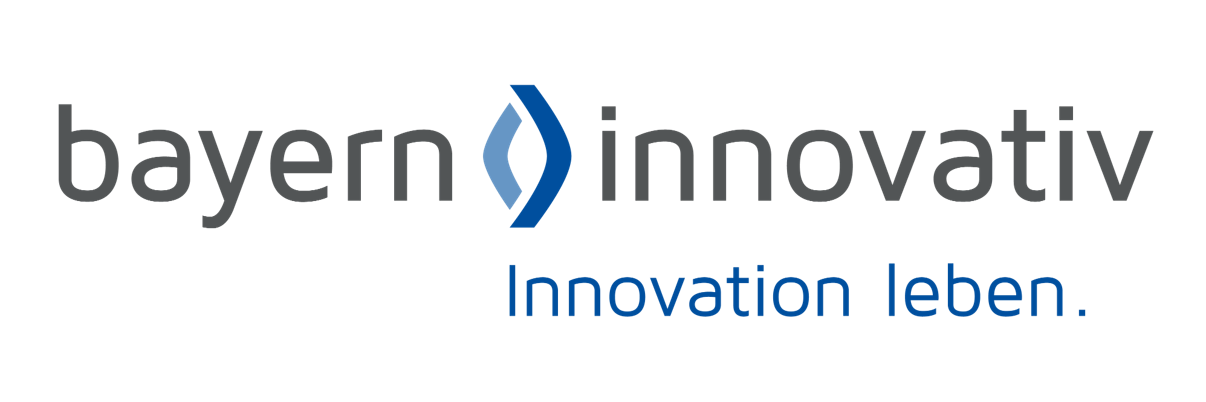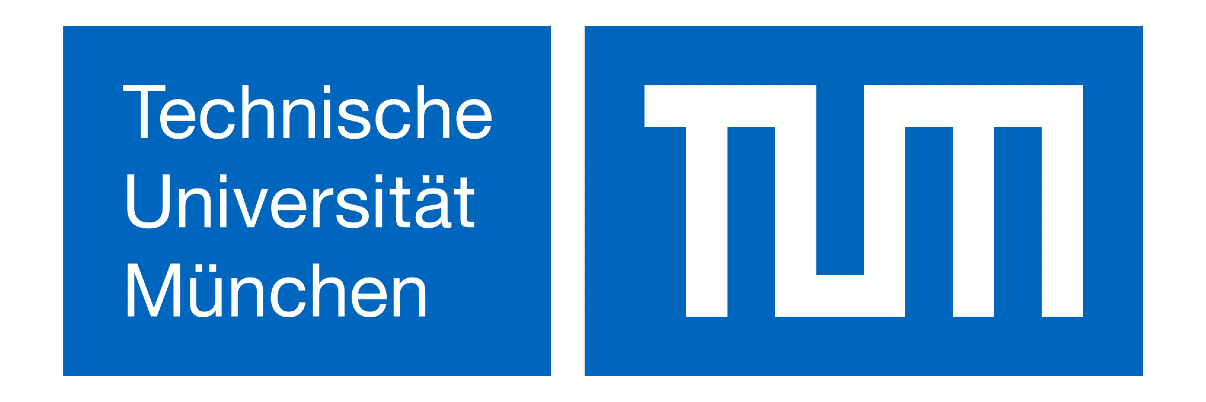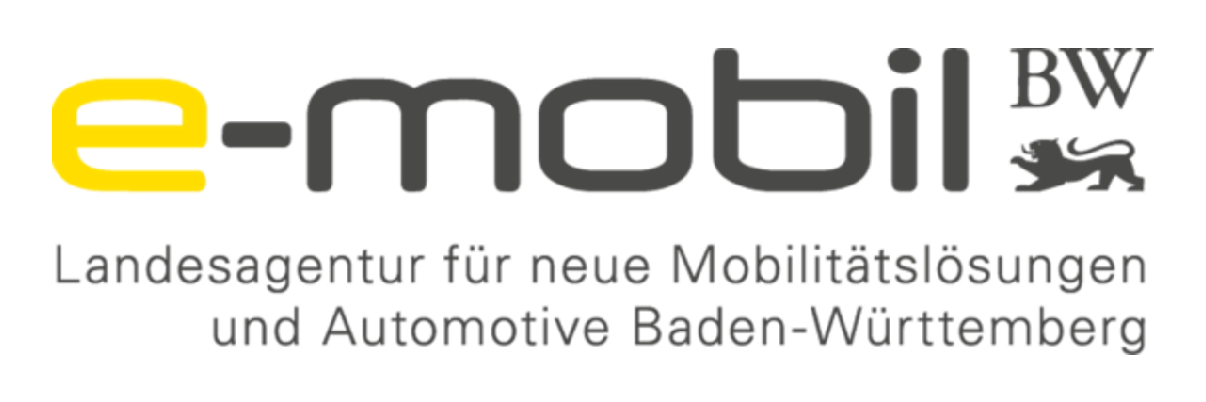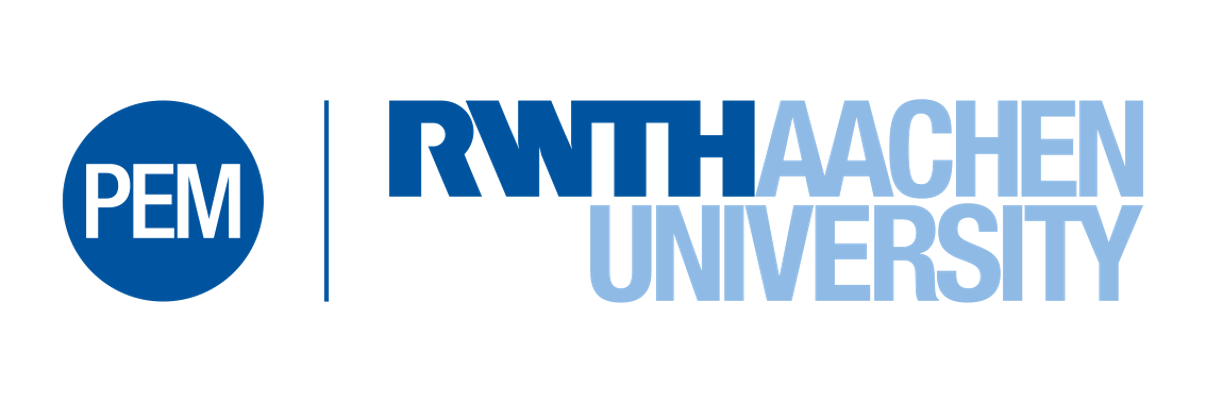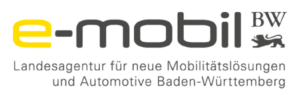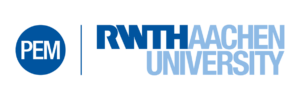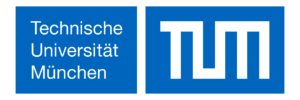In order to enhance the efficiency of electric motors, reduce costs and minimise the utilisation of heavy rare earth metals, a research project with a budget of 2.6 million dollars has been initiated under the leadership of the University of Michigan. The researchers are employing a 3D printing process, namely ‘Laser Powder Bed Fusion’ or ‘Selective Laser Melting’, with the objective of producing permanent magnets for electric motors from material powder. This technology allows the production of permanent magnets without the use of highly rare earths, such as dysprosium.
Soft magnetic materials
The initial phase of the project is further focused on the manufacturing of a soft magnetic core utilising nanocrystalline materials with enhanced magnetic properties. These materials are distinguished by high permeability, low coercivity and low eddy current losses, which contribute to enhanced performance and energy efficiency. By employing 3D printing, the team aims to circumvent conventional and costly manufacturing processes, printing the soft magnetic core layer by layer.
Project objectives
In addition to reducing the necessity for particularly rare earths, the primary objectives of the project include reducing eddy current losses in the magnets by a factor of 10, reducing iron core losses in the stator by a factor of 5, tripling iron core permeability pf the stator and reducing manufacturing costs of stator and magnets by a factor of 40.
Figure source: https://news.engin.umich.edu/wp-content/uploads/2024/05/MotorMagnet-feature2-1024×684.jpg
Text source: https://news.engin.umich.edu/2024/06/making-electric-motors-more-efficient-affordable-by-3d-printing-magnets/




